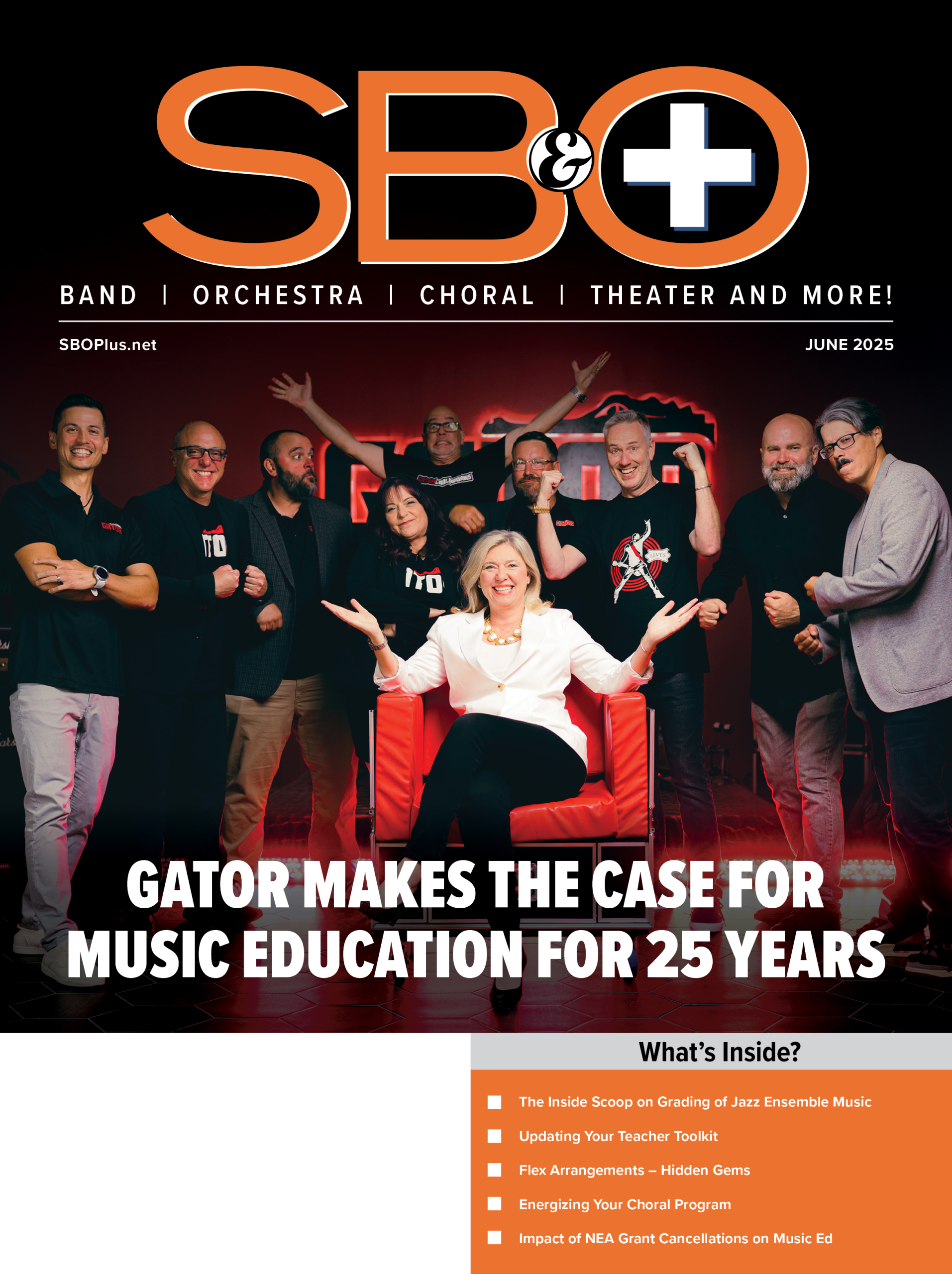
Last issue we looked at the importance of high-quality reference material when you’re evaluating monitor speakers, how each monitor has a sweet spot playback level where it performs best, and how to evaluate a monitor speaker. This month we’ll look a little closer at monitor speakers themselves.
Size Matters
One of the biggest decisions (besides price) is how large should the drivers in your monitor be. That all depends on how much low end you need to reproduce. There are some killer deals on some very fine two-way monitors (meaning it has a woofer and tweeter driver) with a 4- or 5-inch woofer. Despite what the specs might tell you, they’re going to be limited in the number of low frequencies that they can reproduce.
That might not be a factor to you if all you’ll be reproducing is a jazz ensemble or big band that’s never heavy on the low end, but as soon as you want a modern pop/rock style mix, you just won’t be hearing enough below 100Hz to be able to know whether your bass and drum mix elements have the required girth frequencies.
Probably the very least you can go is an 8-inch woofer in that case, and even then it might not be enough for you to hear what you need. Yes, you can add a subwoofer, and we’ll cover that in a moment.
As far as the tweeter, the size and type really doesn’t matter, as they’re usually well-matched to the woofer by the manufacturer and rarely make that much of a difference in the grand scheme of things until you fine-tune your hearing.
2 Way Or 3 Way
A 3-way speaker adds a midrange driver in order to make the critical midrange frequencies more defined during playback. Many larger speaker systems will employ this extra driver, but it jacks the price up somewhat. Unless you’re getting into a pro monitoring system, you’ll be fine staying with a 2-way monitor.
Bring on the Sub
It’s really popular in all types of playback systems, from desktop computer speakers to home entertainment, to have a subwoofer as an integral piece of the playback system. Usually, those types of systems are set and forget, but they don’t have nearly enough power or fidelity to be used for serious music mixing. They do have the ability to add some extra bottom end, but it’s usually limited by a small sub-woofer.
While it’s tempting to just go buy any subwoofer and tack it on to your existing monitors, that could actually end up causing more problems that its worth. For one thing, a sub from a different manufacturer may cross over at the wrong frequency, creating a big hole in your low-end response. That’s why I always recommend purchasing a sub from the same manufacturer as your main monitor speakers. You then know they’re fully compatible and will give you the best chance at extending your low end smoothly.
The problem is that you have to calibrate a sub properly or it does you no good. A sub that runs too loud will cause you to mix your bass frequencies too quiet, so you won’t have any bottom when you go to play back on other systems.
A sub that’s not loud enough will cause you to mix the lows too hot, so you’ll have a boomy mess when you go to play back. Calibration is essential if you’re going to go the sub route.
Powered or Passive
There was a time when most monitor speakers were “passive” and required an outboard power amplifier to power them. This meant you had to make two decisions instead of one, as the power amp was critical to your ultimate playback sound.
Today most monitors, even the very cheapest, have their own internal power amplifier built in, and they’re called “powered monitors.” The advantage is that the manufacturer has carefully matched the power amp to the monitor so you can expect heightened performance as a result. Not only that, but powered monitors are also generally cheaper and easier to set up as well. I’d venture to say that probably 95% of the speakers on the market these days are powered.
That said, powered monitors do have a limitation, although most people won’t run into it. No manufacturer wants to worry about a customer blowing a driver for playing it too loud, so they all install a limiter to prevent that. As a result, if you need really loud levels, you’ll begin to hear the sound compromised by the limiter as you turn it up.
I run passive Amphion One18s powered by an Amphion 500 power amplifier in my studio, so I feel like I have the best of both worlds. Most people would prefer just to go with a powered monitor and be done with it though.
There are so many options available when it comes to monitor speakers that my final advice is to make sure you listen before you buy, or at least have a return path if you’re not satisfied. Buy the biggest, most powerful ones that you can afford, and you’ll be glad you did later.
Producer/engineer Bobby Owsinski is one of the best-selling authors in the music industry. His latest, The Music Mixing Workbook, provides exercises to help you learn how to mix on any DAW. Visit Bobby’s website at bobbyowsinski.com.






























